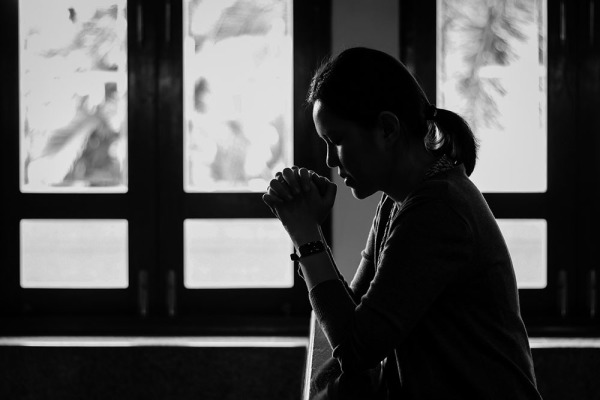US Justice Department Conducts Probe on Elevated Blood Lead Levels in NYC Public Housing
US Department of Justice (DoJ) announced on Wednesday, March 16, that it will be conducting a civil investigation on the health and safety of New York City Housing Authority (NYCHA) developments. The probe seeks to find evidence on the recent incident of elevated blood lead levels among residents.
According to CNBC, the court filing from the office of Manhattan US Attorney Preet Bharara asked US District Court for the Southern District of New York Judge Deborah A. Batts to issue an order, directing the city's Department of Health and Mental Hygiene (DHMH) to produce information and data on the complaints of poor conditions at the houses.
The NYCHA, whose buildings housed more than 400,000 dwellers, is also being accused for making false claims to the federal government about the public housing conditions. The court filing from Atty. Bharara's office also has the directive ordering the agency to provide answers.
The New York Times cited documents indicating that the DHMH has already been served with the directive last year but declined to comply unless there's an order from the judge. They did so to avoid violating city and state health codes.
Spokesman for the city's Law Department, Nick Paolucci told the press this week that the health department is currently cooperating in the investigation. The NYCHA, meanwhile, is currently not available for comment.
Lead, in any form, can reportedly cause adverse cognitive and physical health effects. Children, whose bodies are still developing, are often those who are at greater risk to lead poisoning than adults. Reports from NewHavenLead.com said that in any amount, this neurotoxin can still affect both the physical and mental aspect.
In New York lead contamination is attributed to lead-based paints that were commonly used to paint the residential units before the substance was banned in 1977. It is said that majority of the public housing development in the state were built during this era. This gives the impression that there a lot of people who are at risk or are already affected with lead poisoning.





















